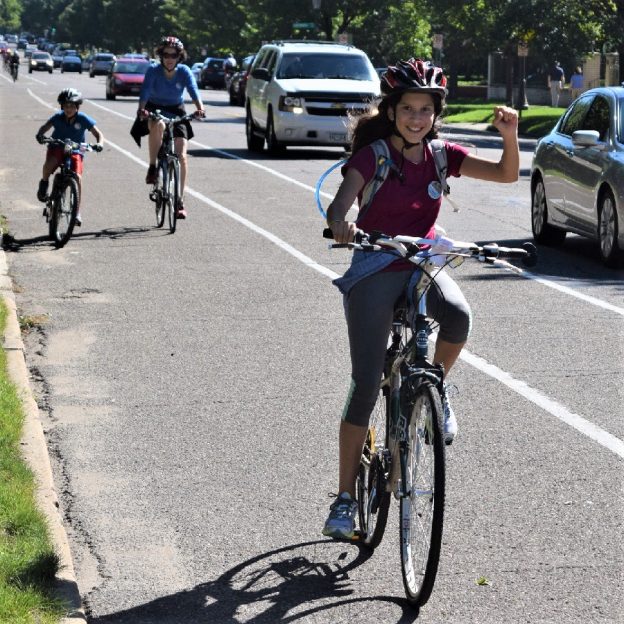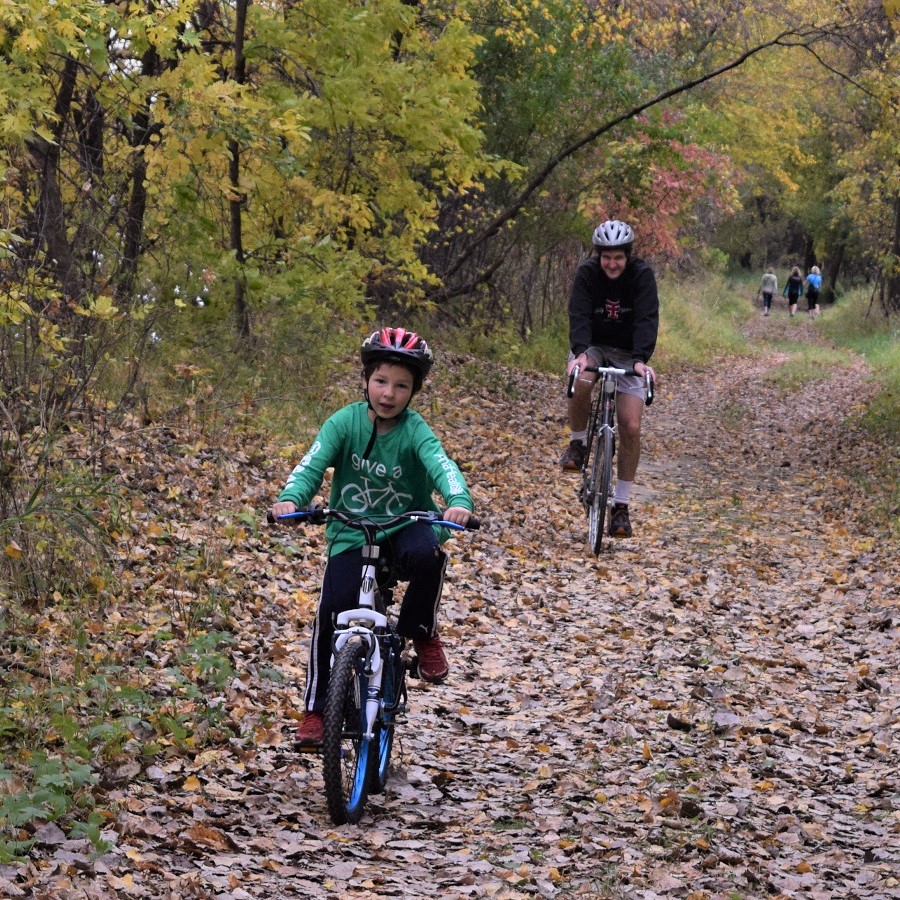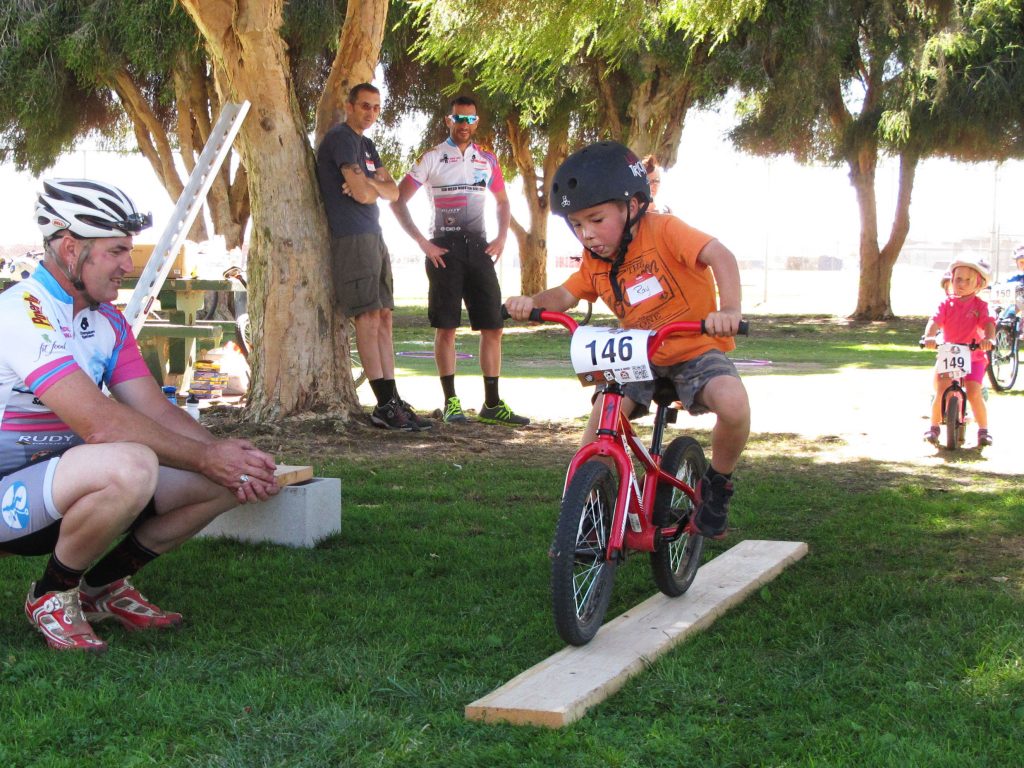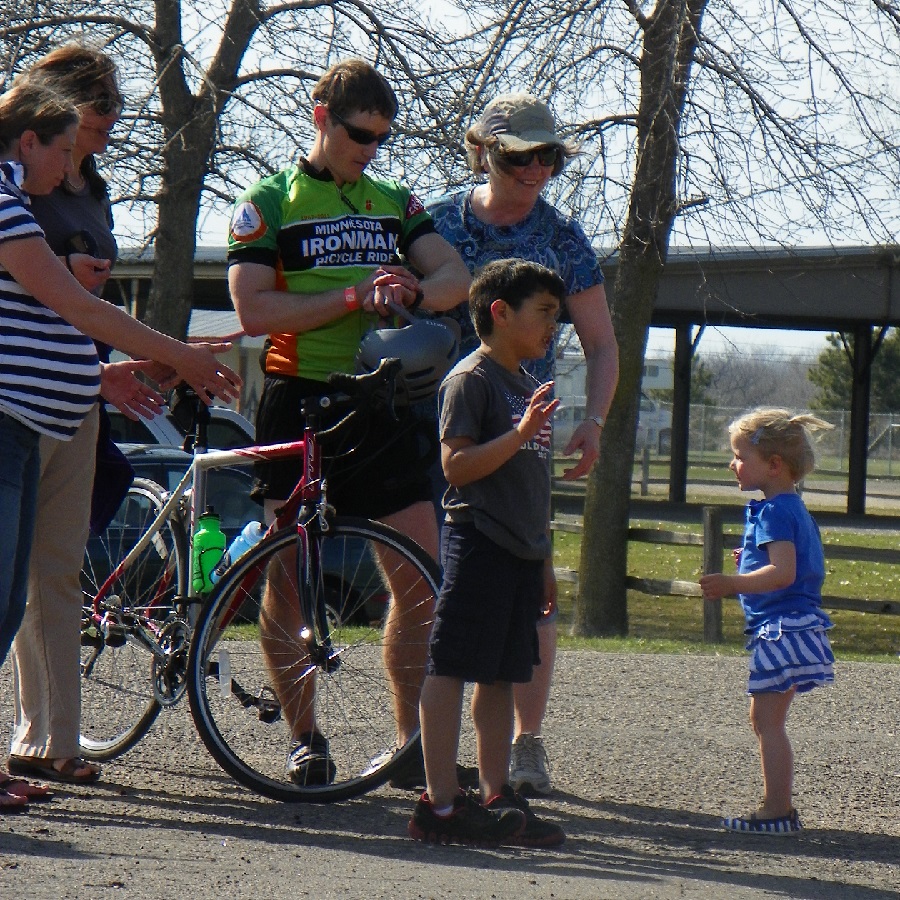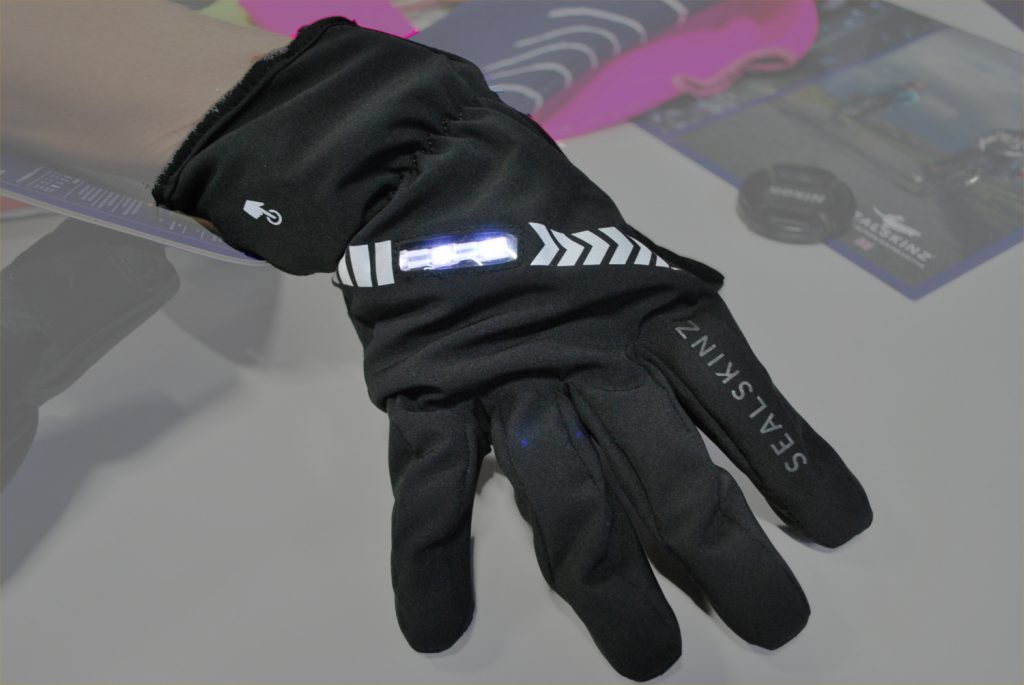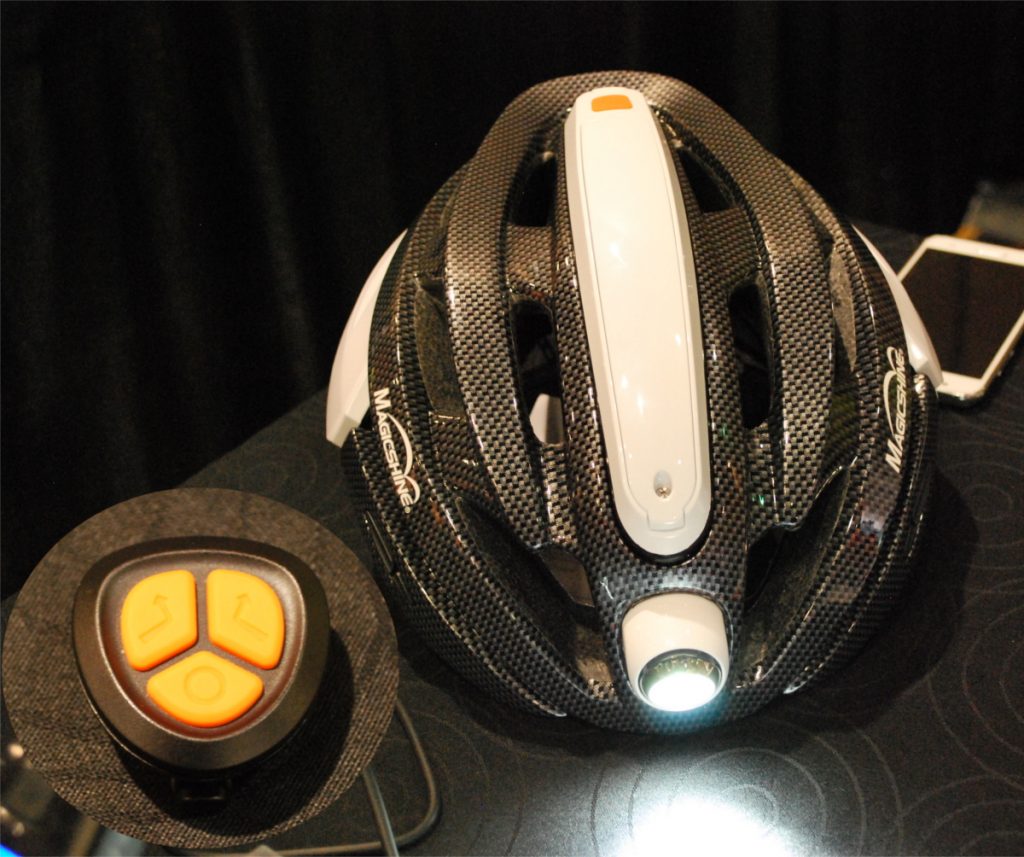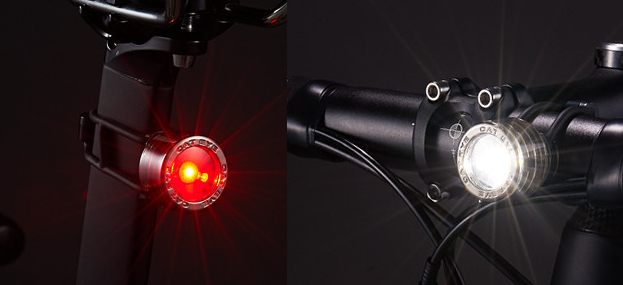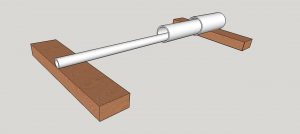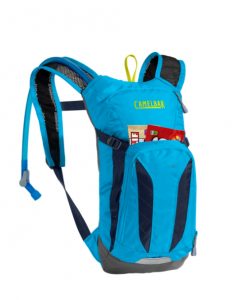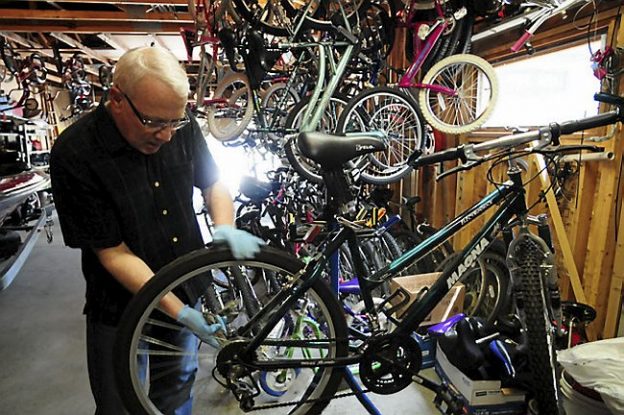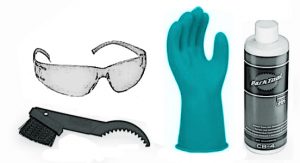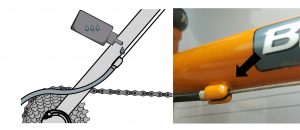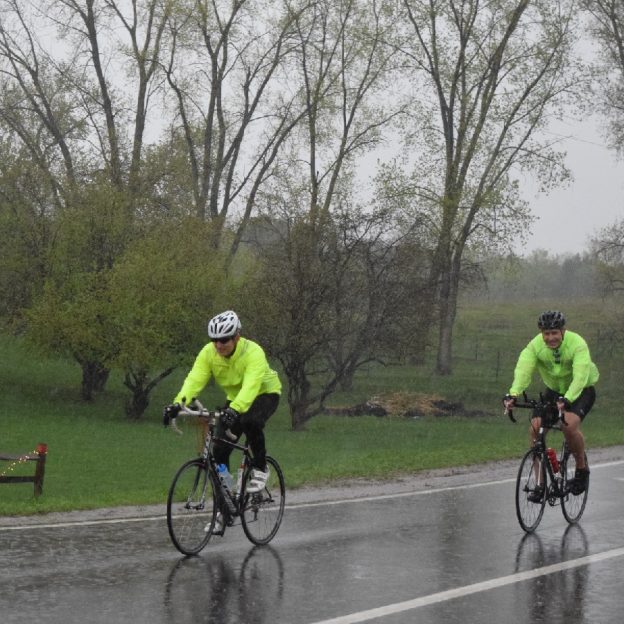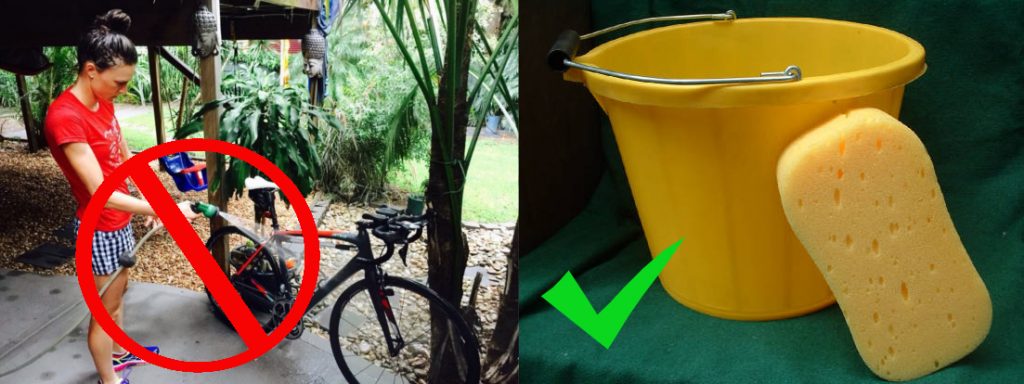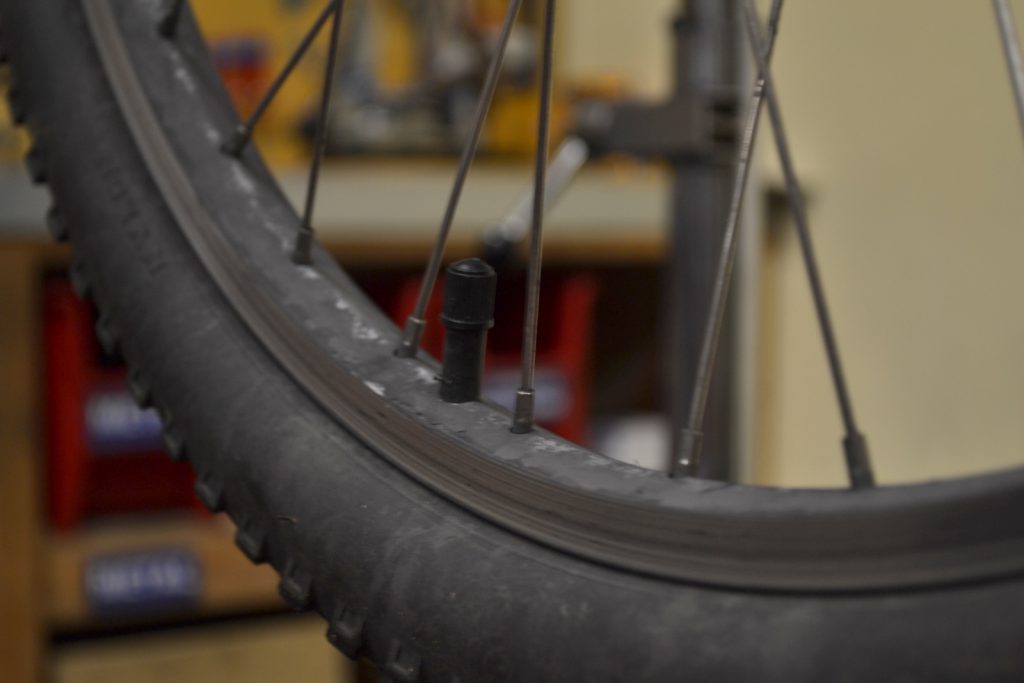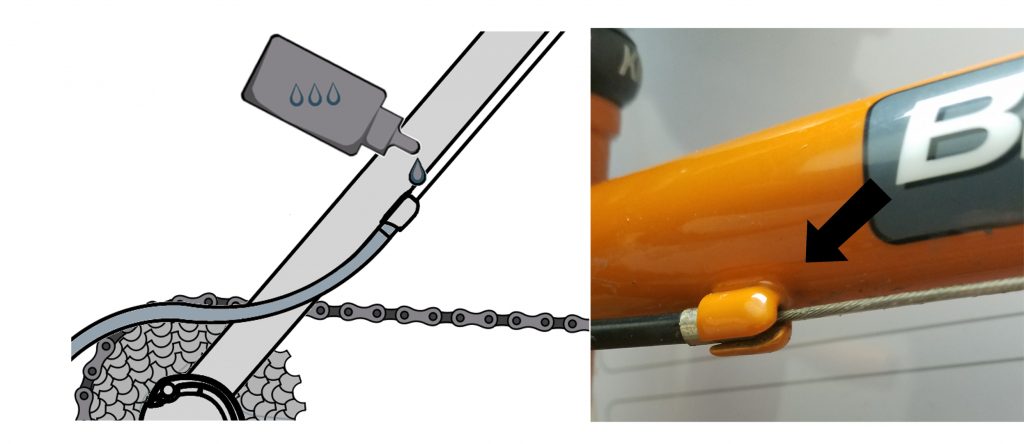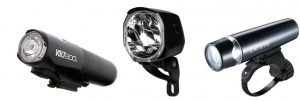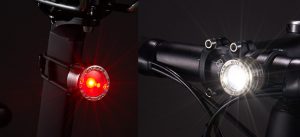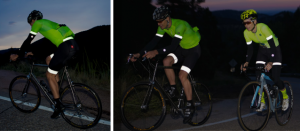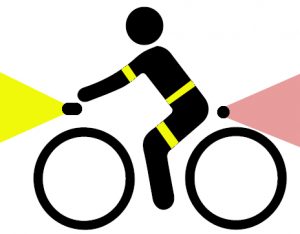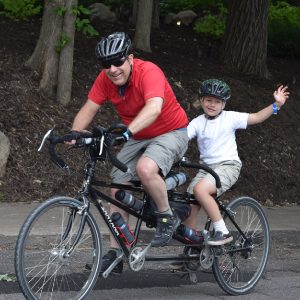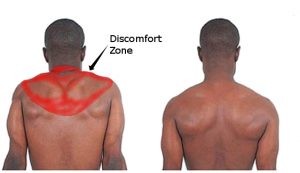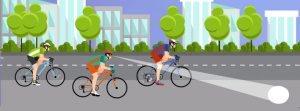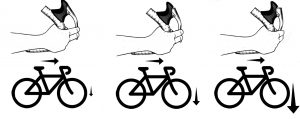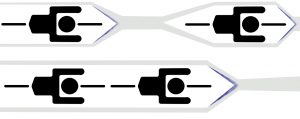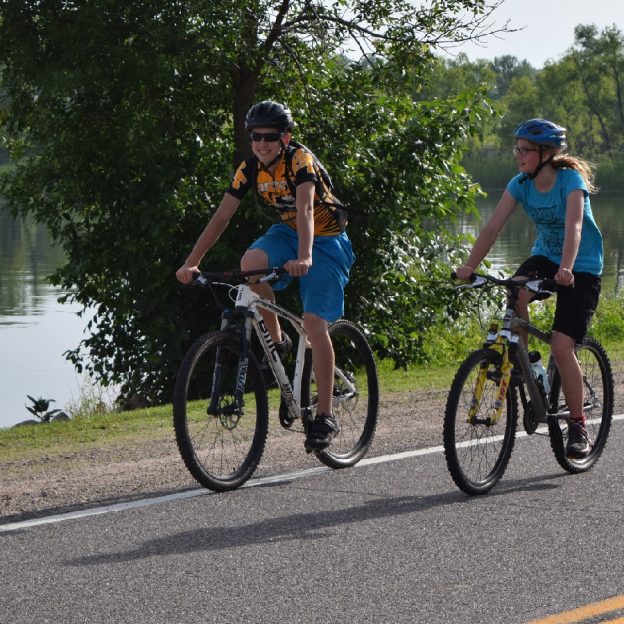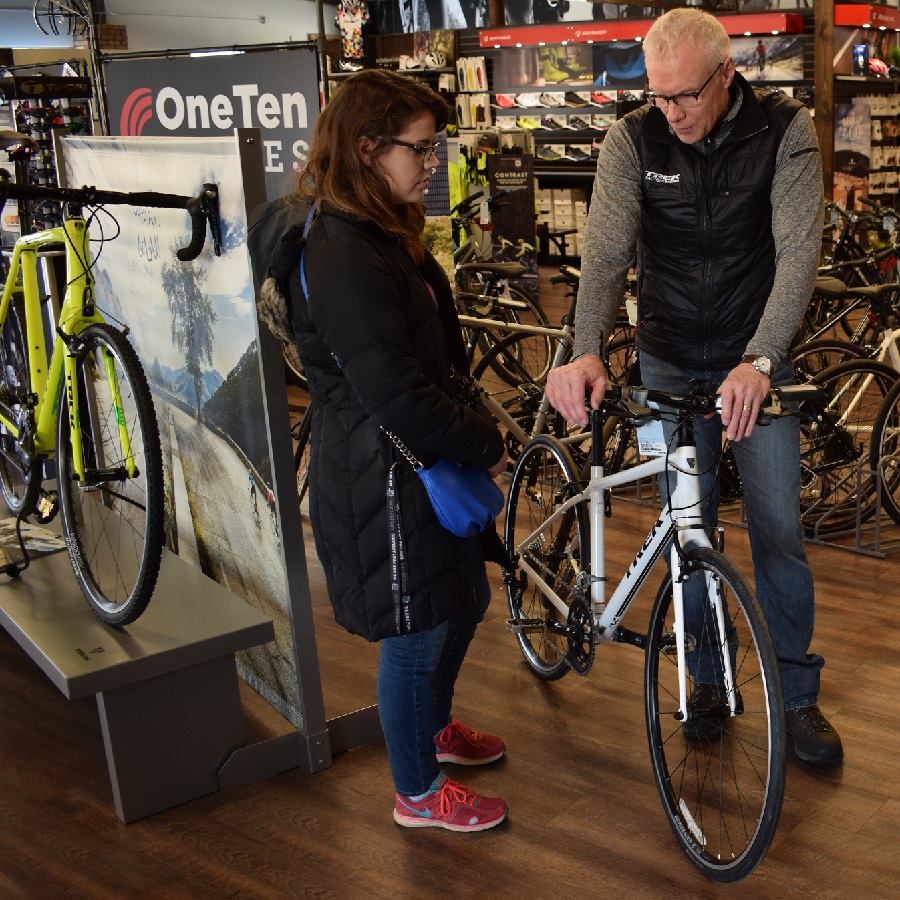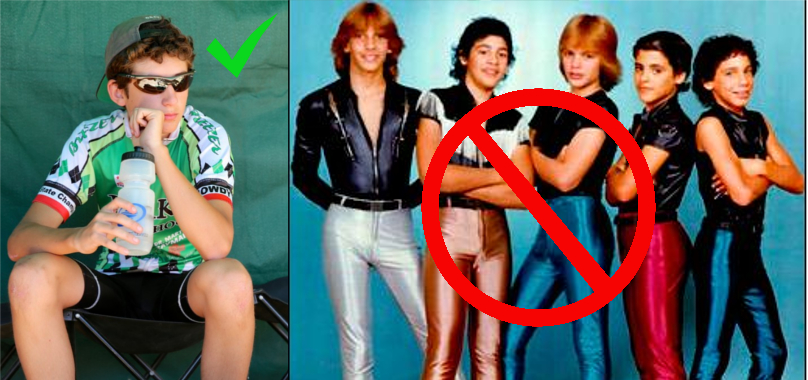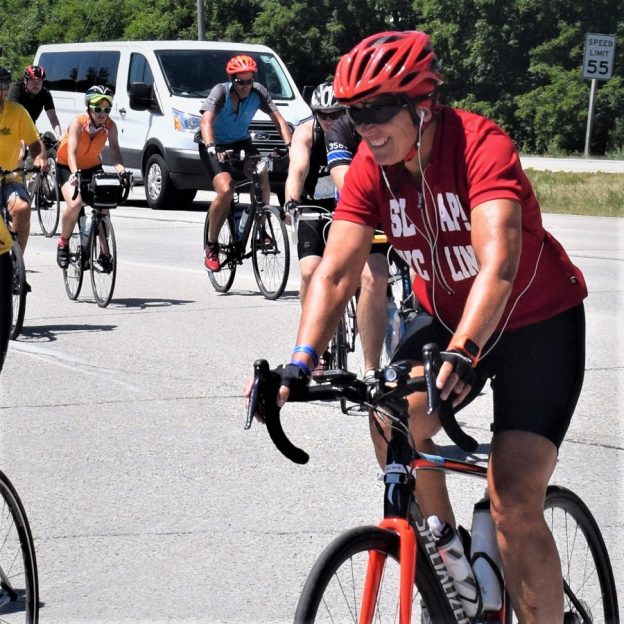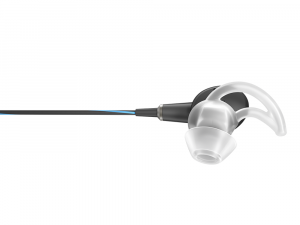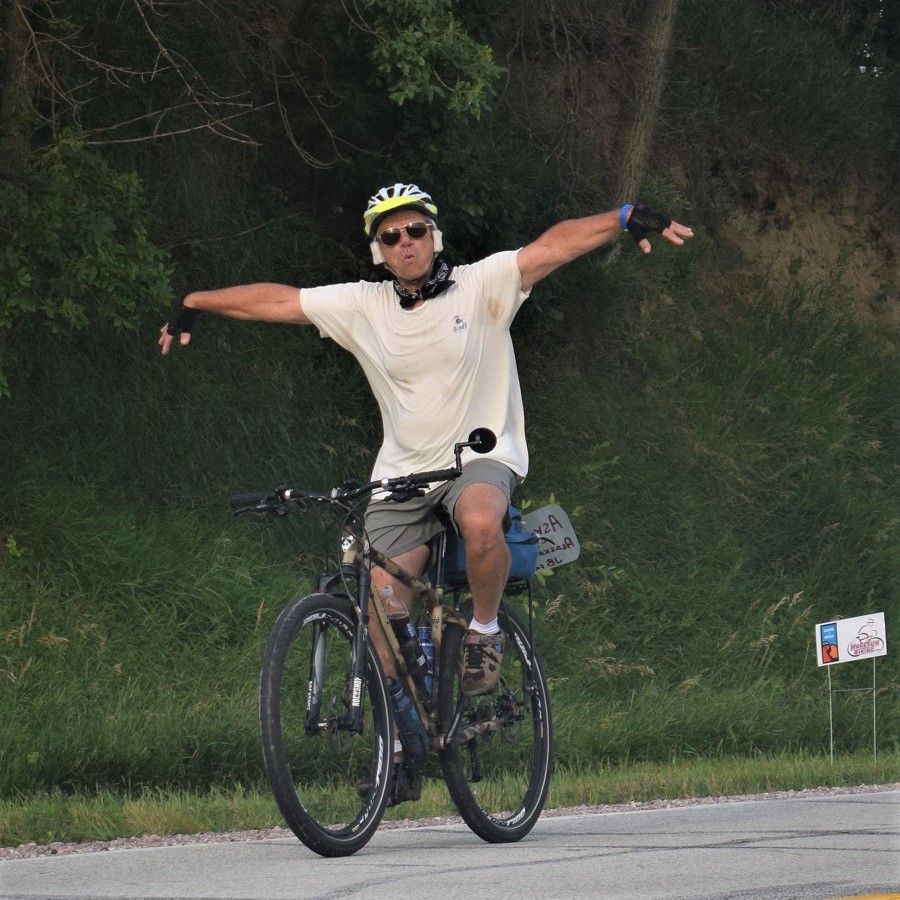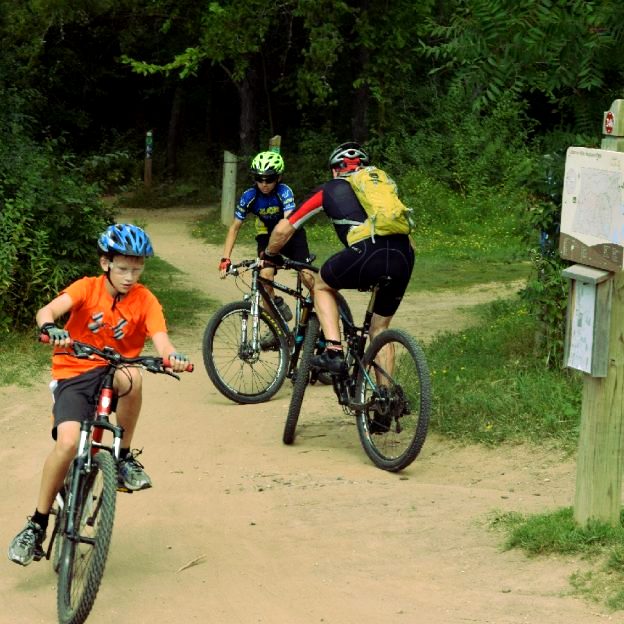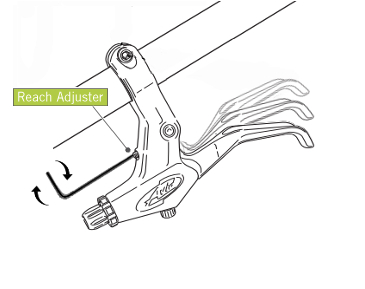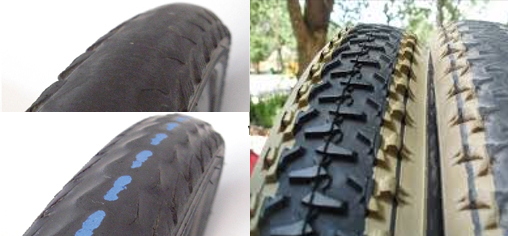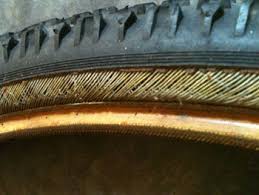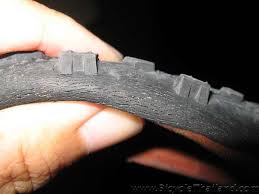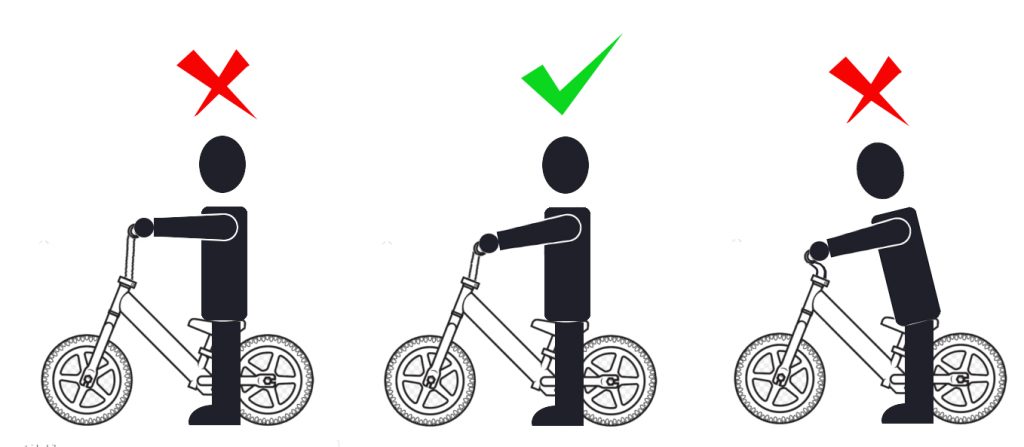by John Brown
All around the country, bike paths are being built, and designated bike lanes are being established. So, riding to school can be an easy and safe option with all the colorful fall weather ahead. Many of these paths are routed from neighborhoods to nearby schools to get more kids energized by riding. To encourage your kids to ride their bikes to school safely. Please look at our helpful tips below, especially if your home is far from a connecting trail or a designated bike lane that leads to school.
Riding to school safely begins with a helmet
First and foremost, a well-fitting helmet reduces the risk of serious injury by half. As a result, helmets are the most critical piece of cycling gear for kids. Sadly, many bicyclists under 14 are not riding with a helmet that fits properly. For example, a well-fitting helmet will be snug on the rider’s head. When fitted correctly, the strap toggles should be about a ½ inch below the ear lobe, with the chin strap tight enough to hold the helmet on your head but not so tight it chokes you. Important to realize is that helmets lose effectiveness over time, so review their production date. Therefore, consult the manufacturers’ recommendations for when to replace your existing helmet.
Why is riding to school good?
There are tons of organizations that encourage children to exercise. Child obesity is a real issue in the US, and any activity goes a long way to help. Studies have shown that activity before school increases attention span, boosts mood, and improves fitness and BMI. And it only took one ride to start to see those results! Based on these results, Specialized Bicycles has invested substantial resources in developing programs for kids with ADHD to substitute exercise for medication with excellent results. Overall, the quick trips riding to school help kids kickstart their metabolism, gain focus, and learn valuable skills.
Bike Maintenance and safely
Be sure that your child is comfortable on their bicycle and that it is sized adequately. Bikes that are too small or too large are difficult for children to control. If you have concerns about the fit, visit your local bike shop to have the bike adjusted. The teach them the ABC’s of a bicycle. So they can verify that the brakes work, tires are inflated, and tight controls. Ensure your child can squeeze the brake levers easily and stop the bike.
Children’s bikes sold must have reflectors on the bars, seat posts, wheels, and pedals. Those reflectors should be considered the most basic level of visibility. Add to that visibility by having your kids wear brightly colored clothes and installing lights and a flag on the bike. However, young children should try to avoid riding at night or twilight.
Riding skills
Teaching basic skills can be fun and easy. Find a flat section of low grass (like a high school football field) and have them practice riding with one hand off the bar. Use the Board Trick to learn how to handle riding over obstacles. For many, the trail to school might be a short distance from your house, and your child may have to add a city street to the route. When riding a bicycle on a street, they must follow the Rules of the road as if they were driving a car. This link from the Bicycle Alliance of Minnesota will help you teach your kids the basics of signaling turns and navigating on roads.
Riding to the right is the most basic ride rule on sidewalks and bike paths. More important than that rule is the courtesy of riding around others. Being courteous is the best way to make sure everyone has fun. It is tempting for kids to try and bring a phone or iPod on a ride with them. Those distractions are a detriment to your child’s safety. Keep your digital toys in a backpack or, better yet, at home.
Figuring out the course
For your kids to be comfortable riding to school, they must be familiar and comfortable with the route. An easy way to practice the course is on the weekends. Weekends are free from school traffic and give plenty of time to explore alternate routes. Look for clear roads and intersections with lighted crosswalks. Even if the course is not the most direct, your child can feel comfortable if it is safe and clear. Also, try to avoid large hills (either up or down) so as not to exhaust your kids.
Locking the bike during class
With the route and skills covered, let’s talk about how to keep the bike safe during the school day. The easiest way to protect a bicycle is to lock it up properly. I recommend you lock the bicycle to a designated bike rack outside the school. In damp weather, periodically lubricating the lock mechanism will make it easy to use year-round.
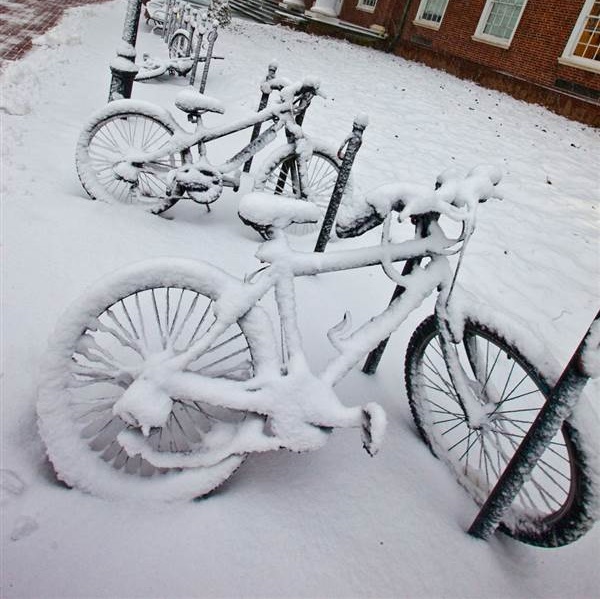
Late in the fall, ensure the bike and lock are lubed to protect from rain or snow.
Putting it all together
After teaching your kids how to ride, equipping them, and working to create a safe course, continue reinforcing all those things throughout the school year. Evaluate their equipment frequently to ensure it’s working correctly. Additionally, ride with them to strengthen their signaling and to ride safely. Finally, be aware of traffic patterns as the year progresses. Above all else, make riding to school fun. Your kids will appreciate it.
